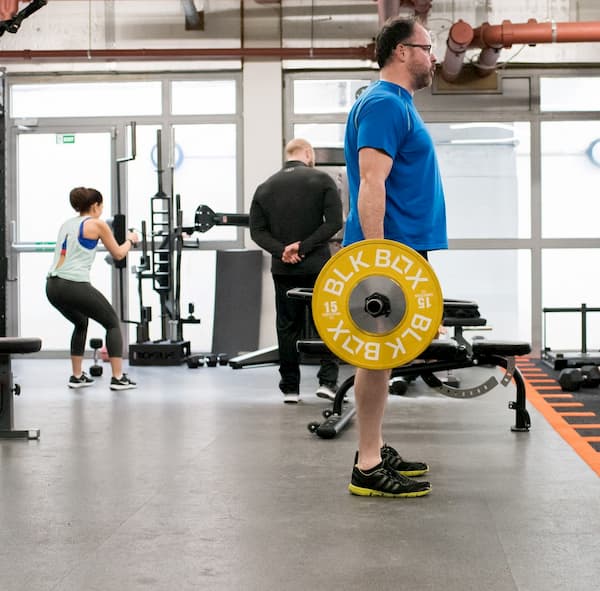
Categories
Pre-Screening for Lifting: The Big Question?
A few thoughts from our Chiropractic partner Nick Lamond from Portobello Chiropractic on readiness for lifting: Are you considering these prior to training?
How can you know for sure that you won’t do yourself a disservice by lifting something heavy? You can’t. What you can do is use a common sense check list, and be honest with yourself.
The types of lifting injuries I see fit into two groups. Those that shouldn’t have done it and those that were unfortunate.
The unfortunates are divided into two further groups: the “actually, come to think about it, I shouldn’t have done it” and the “that really is unfortunate”. From my experience, 90% are in the “I shouldn’t have done it” group.
Pre-screening is a very Gucci term, forgive me for getting excited. To the uninitiated it lives in the realm of the sports medic, looking over reams of information from a flashing lights machine from the Rocky IV montage….you know the one. In reality it is actually much more accessible to us mere mortals (though if you feel the need to surround yourself with last year’s Christmas lights and play “Eye of the Tiger” I won’t judge….so long as you don’t tell me).
My pre-screening process starts by taking into account two main aspects of a person:
- What do they do when they are not exercising?
- What is their physical ability to do what they intend to do?
The typical London worker, who makes up the majority of who I see, sits at a desk 5 days a week for 8 hours minimum. Add a commute of a 2 hour round trip to the office each day (normally seated). Meal times. TV/iPad time etc. By Friday, you have sat for more than 70 hours and have slept for about 40 hours. This leaves you with about 10 hours to cram in any significant movement. If you are really good maybe 2-3 hours of this will be structured exercise, but in reality it is less for the majority. That is week one of fifty two.
Give the above scenario a good ten years or so to bed in, and then picture that person standing in his McGym eyeing up the kettlebells for the first time. Regardless of his personal feelings, their physical conditioning is going to be poor. Not only that, but if you take into account the “age related changes” of sitting all your life there is a strong potential for injury.
So what do we do?
Getting a full understanding of a person’s habits and past injuries gives me a really good idea where to focus. Previous injuries influence my thought process heavily, as once a weak point always a weak point. Knowing how someone came to be in your office goes a lot further than just what hurts at that exact moment. Asking the right questions can really reveal some useful things.
Seeing how well someone moves shows me the areas of the body that are taking too much or little strain e.g. the low back provides the foundations for the rest of the body, so has to provide support all day long, sitting or otherwise. Very quickly, the body will create its own coping strategy by tightening up the low back extensors, weakening the glutes and tightening the hamstrings. (Hamstrings get a lot of stick, but in my opinion they are unfairly blamed and are a bit of a scapegoat).
Putting all the above together I then provide a mechanical solution for a mechanical problem. I will work on the restricted/stiff joints that are not able to move correctly. Improve awareness of bad habits, particularly looking at sitting at work (which you are training very well at for 70+ hours a week!), and provide realistic solutions for reducing their influence. Crucially, I then share this information with the guys at the gym, who know how to adapt a training program to suit. Give it adequate right time and the right training and you will get to where you need to be.
So, when it comes for you to be standing in front of that barbell be honest with yourself and make sure you are in the best possible state to lift it.
Our mission is to help people live their best lives outside of the gym by providing the best possible standards of personal fitness training in the gym.
Related Articles
- Variations of Romanian Deadlifts (RDL)
- Kettlebell Exercises for Men
- Fitness For The Over 50s
- How Do Men and Women React Differently to Exercise?
- Frequently Asked Questions about Deadlifts

